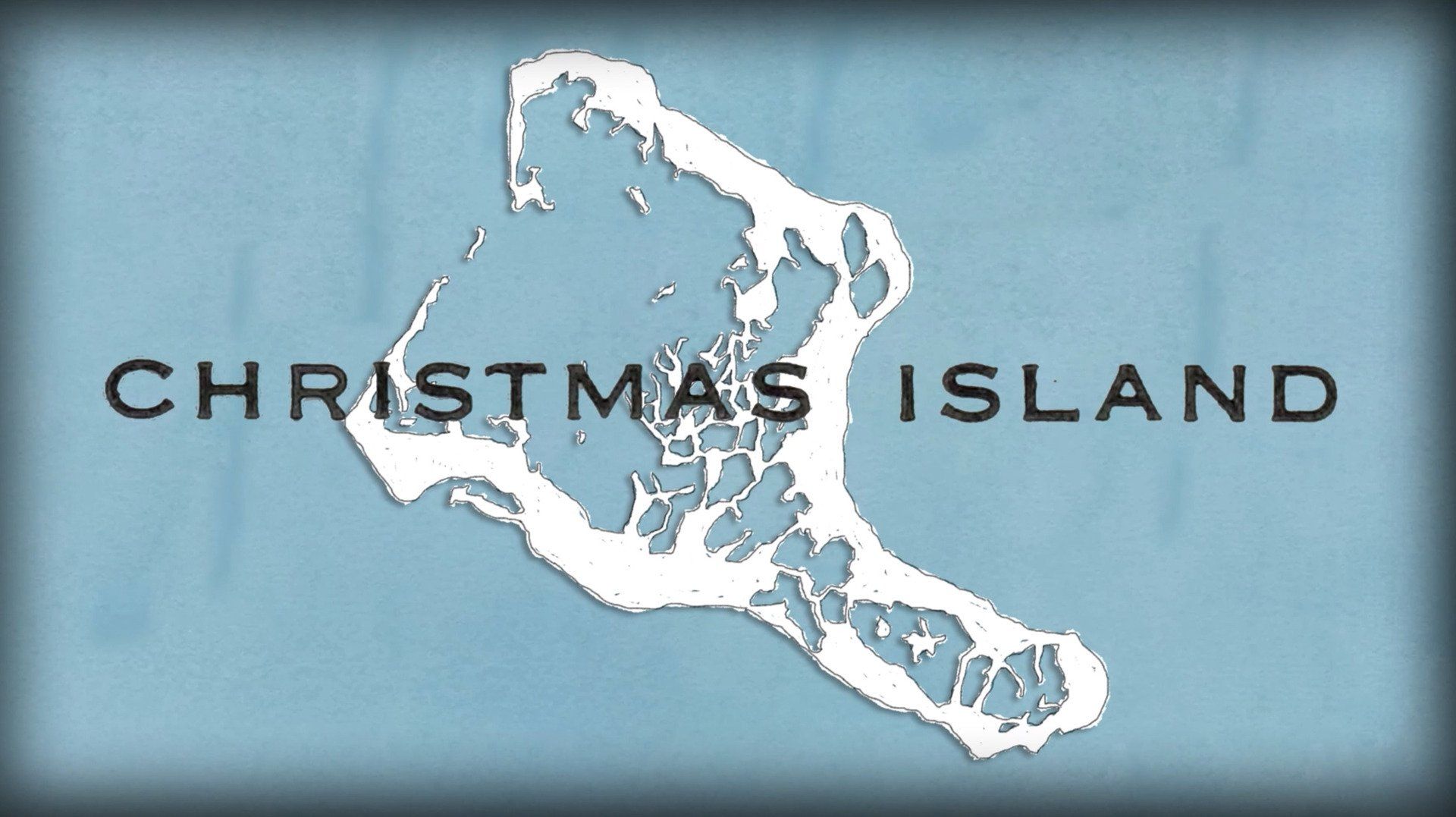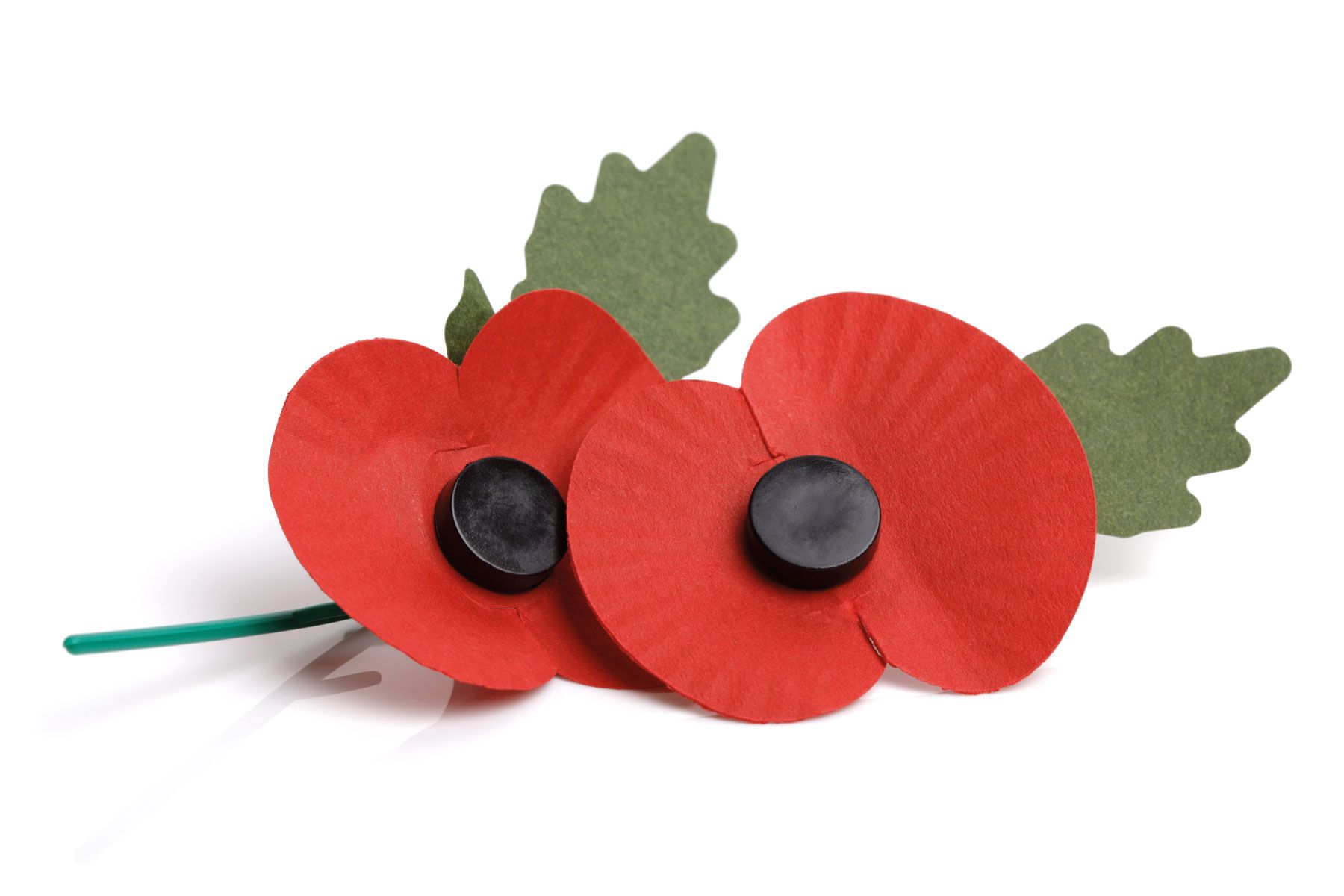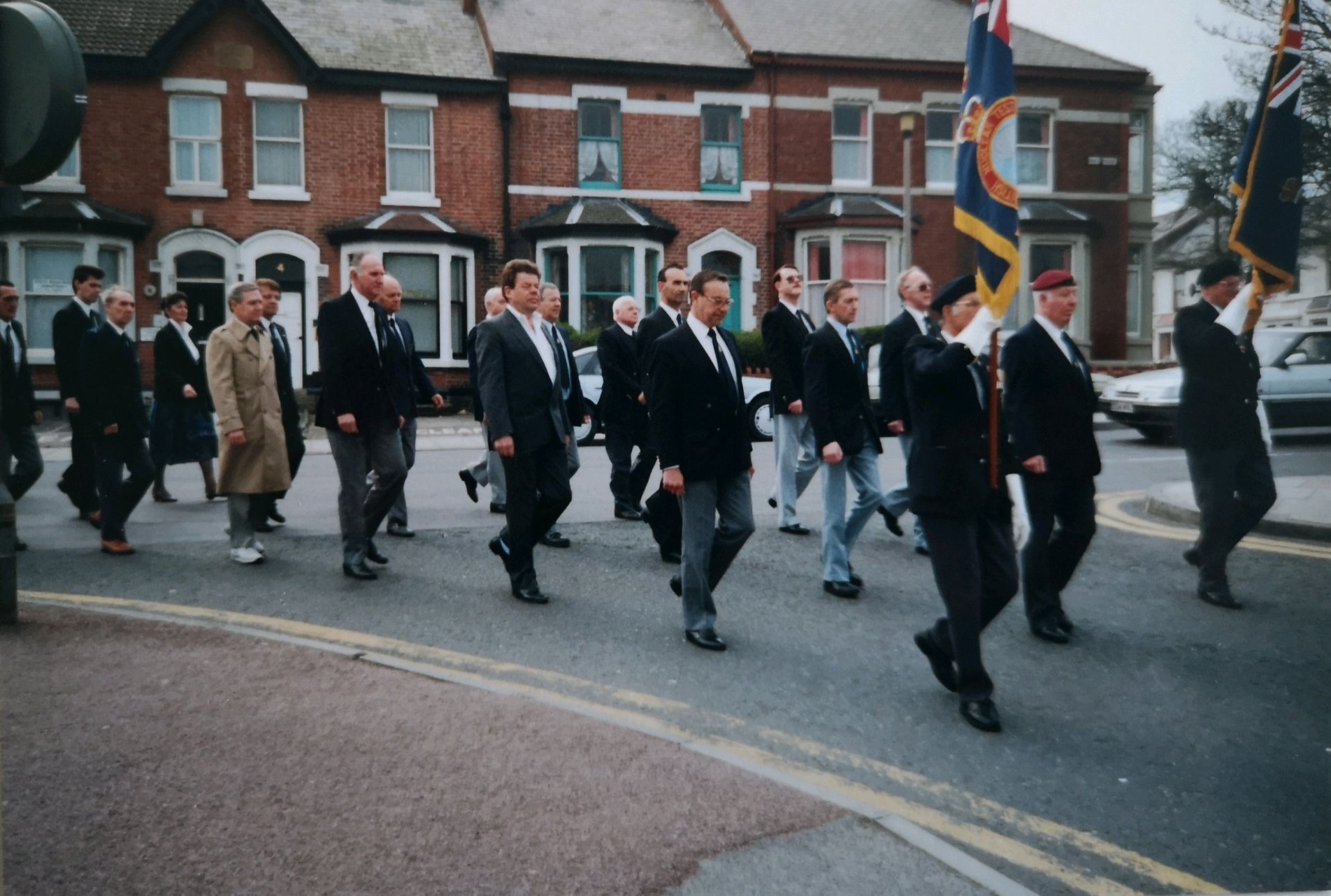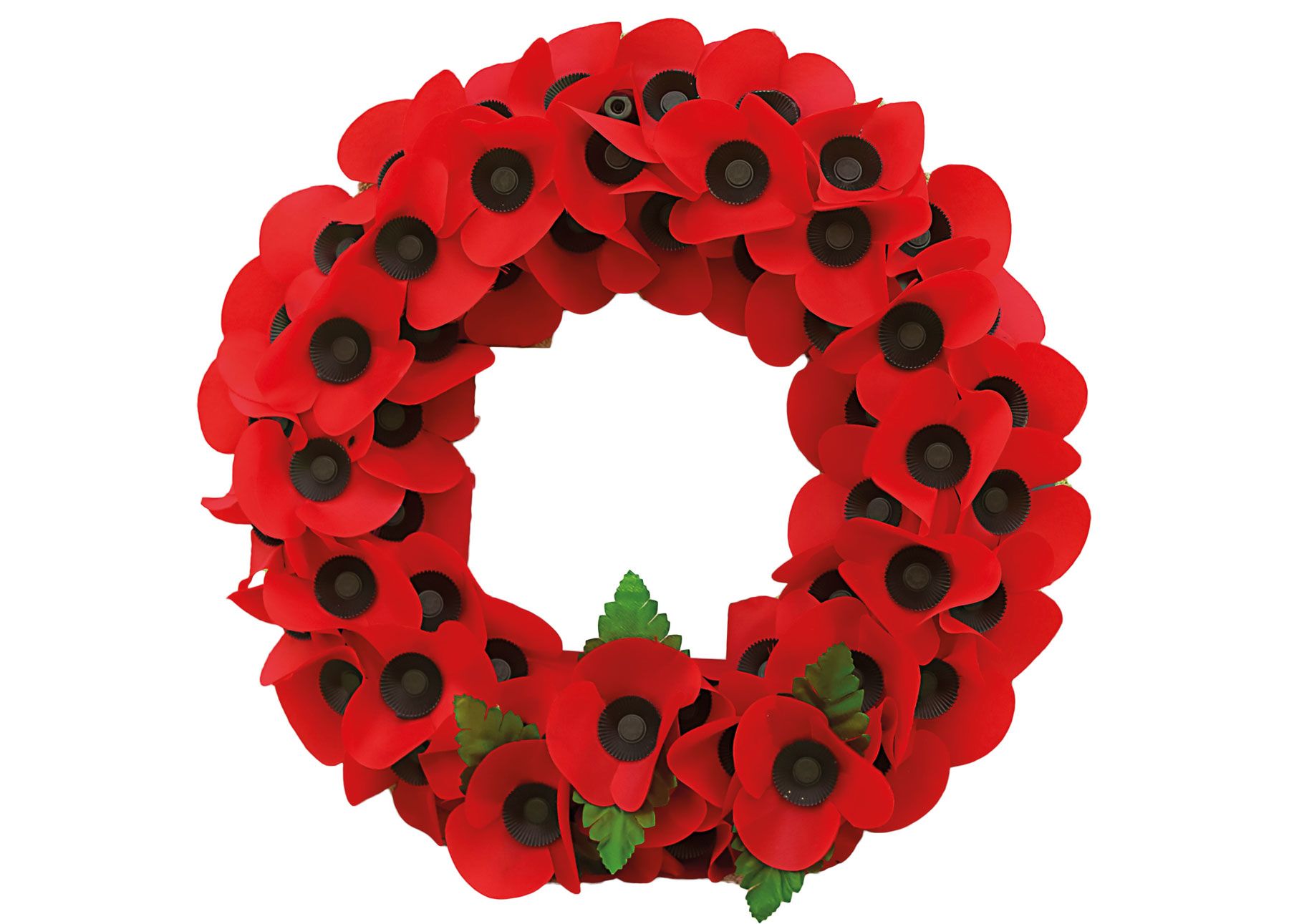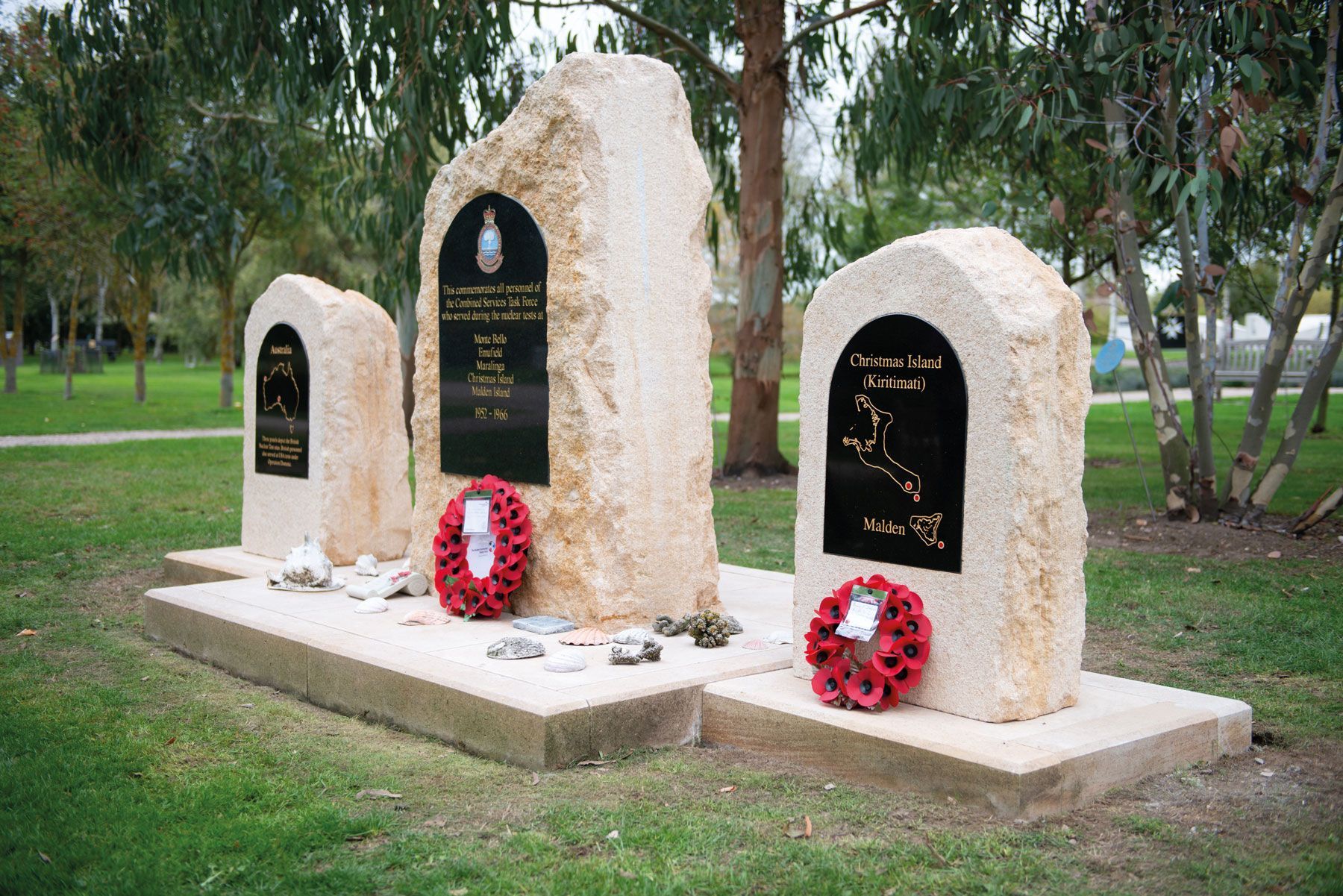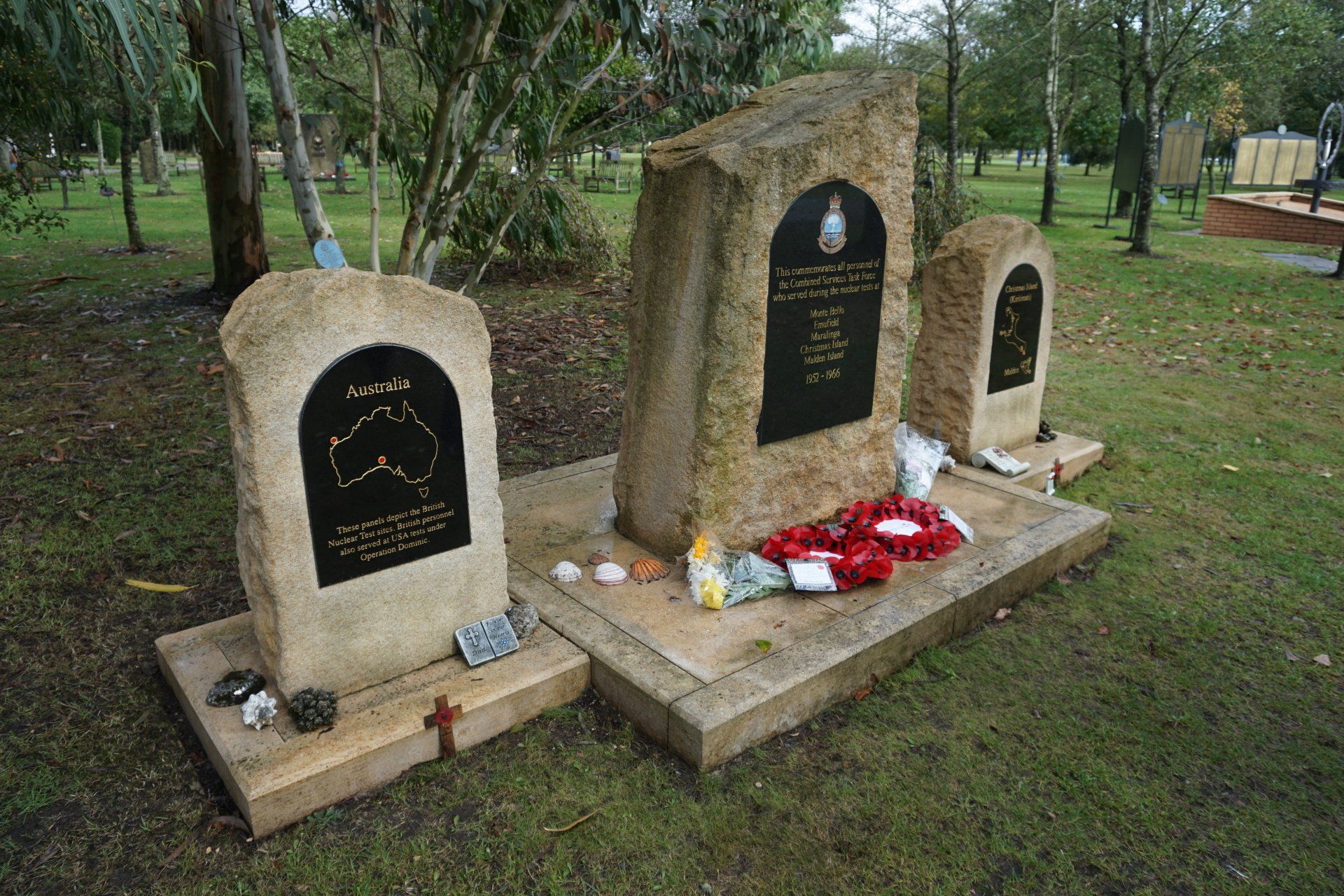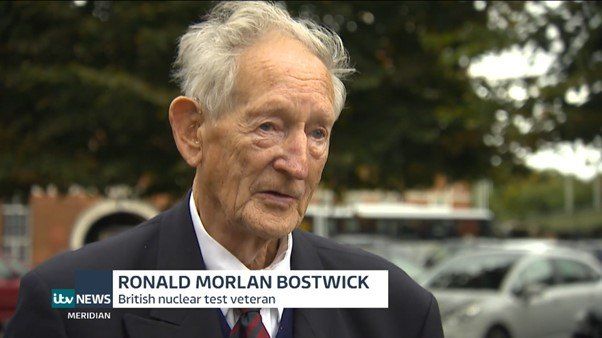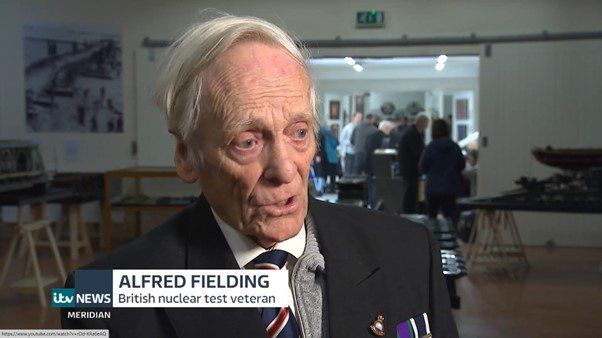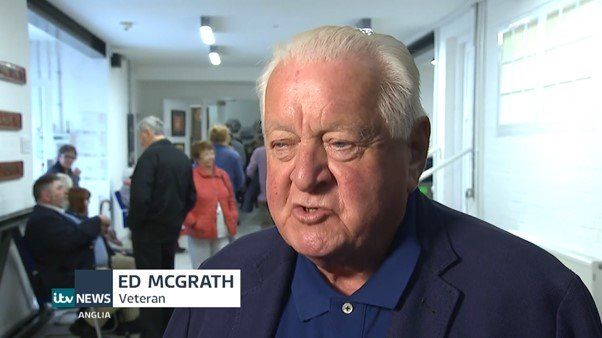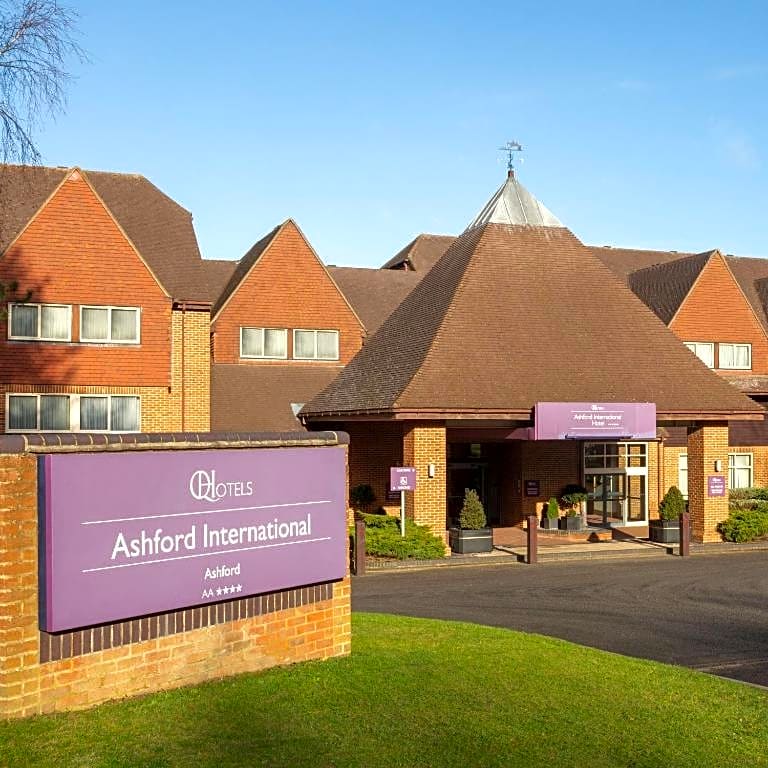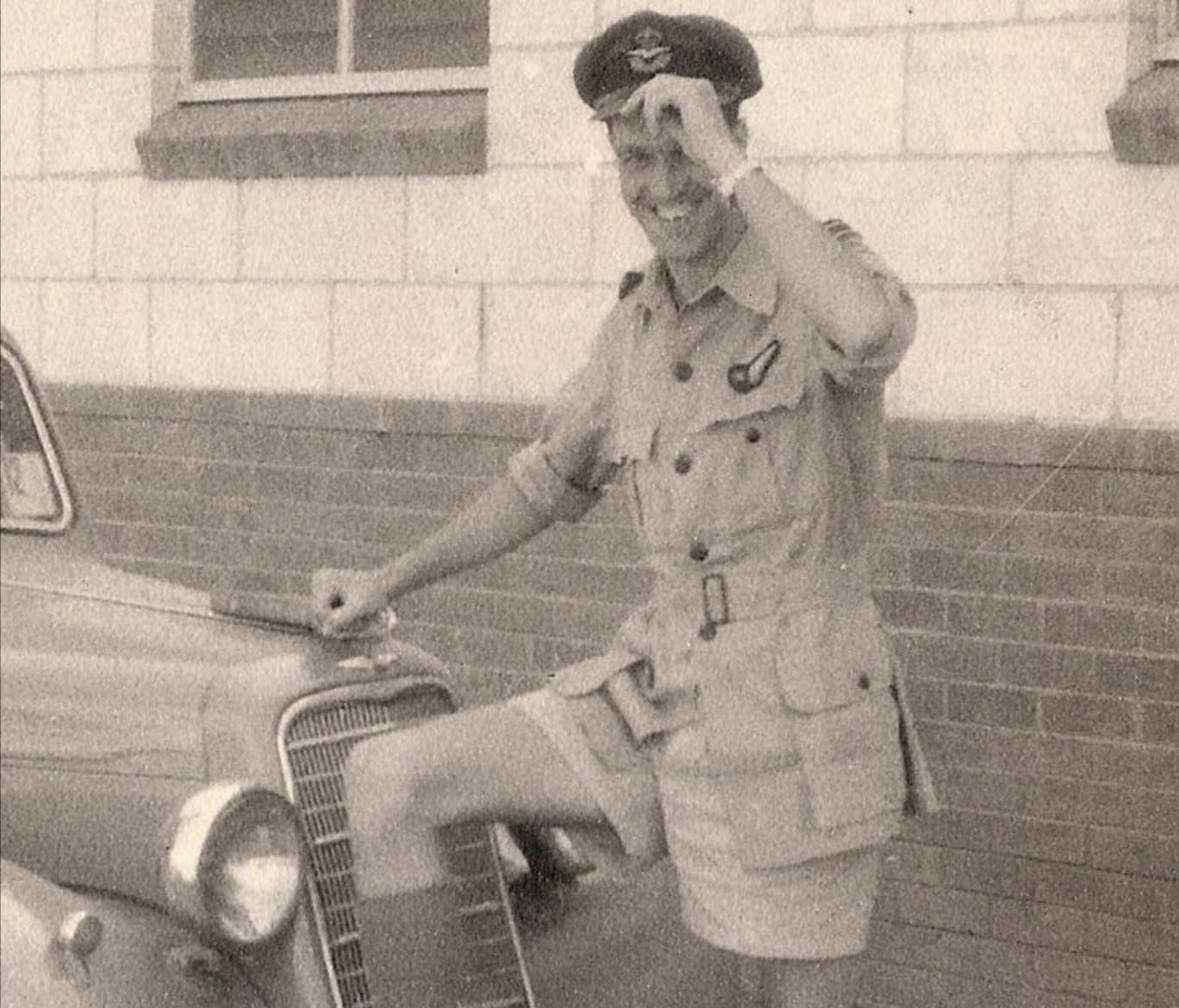Service To Remember Operation Dominic 60 Years On
Remembering Operation Dominic nuclear testing in 1962.
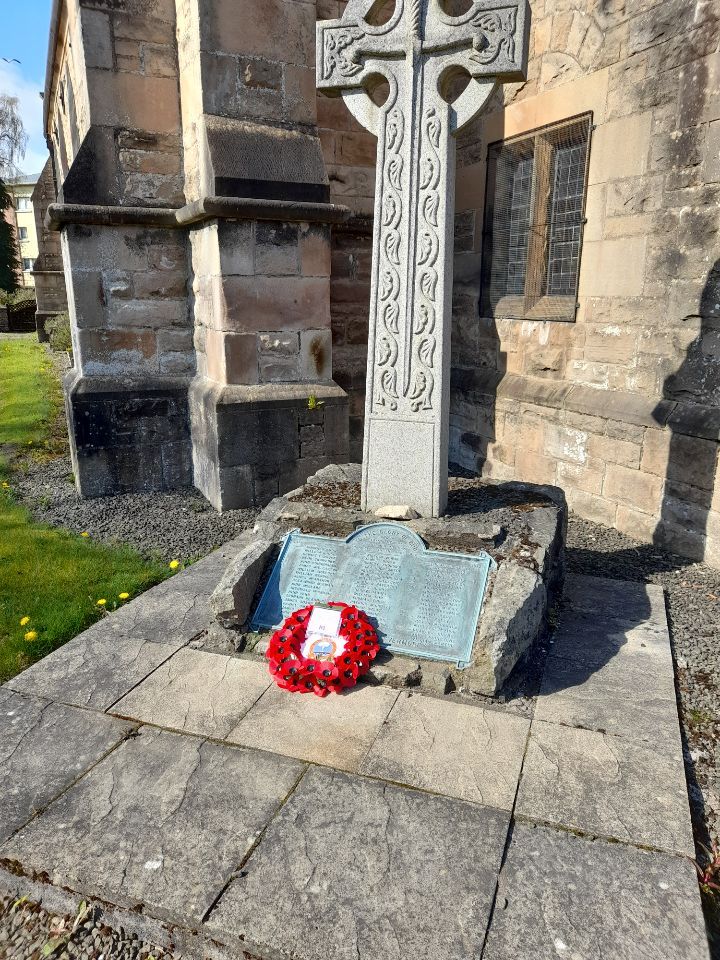
John Lax, former Vice Chair and Trustee of the BNTVA, was stationed at RAF Christmas Island in the Pacific Ocean from 1961-1962. He was age 20 and had requested to be stationed at the Island to work on Hastings' aircraft.
Unbeknownst to John, at this time, the US military were planning a series of nuclear tests, with already existing nuclear weaponry, within a short space of time. Joint Task Force 8 arrived on the Island, led by Alfred Dodd Starbird, and detonated 24 nuclear bombs using B-52 aircraft, which were based at Hawaii, near Christmas Island. As part of these tests, the US also fired Frigate Bird, the earliest Polaris missile, from the USS Ethan Allen in the Pacific Ocean into the danger zone surrounding the Island.
John and his wife Helen, volunteer BNTVA Safeguarding Officer, are busy in their local community, particularly with Dunipace Parish Church, near Falkirk.
On 24 April 2022, Rev Jean Gallacher of Dunipace Parish Church read the following words to the congregation during the morning service and laid a wreath afterwards at the memorial to remember those who served at Operation Dominic and who are no longer alive. Jean invited the congregation to this solemn occasion, and the congregation willingly attended.
Sadly, John could not be present but he is grateful that a number of local people learned about the US testing at Christmas Island between April and July 1962 due to this event.
"Operation Dominic/Brigadoon was the name of the Anglo-American series of thermonuclear bomb tests that took place from 25th April 1962 to 11th July 1962 in the vicinity of Christmas Island, a Coral Atoll in the Pacific Ocean and reputed to be the world’s largest. It is, approximately, 36 miles long and about 6.5 miles wide and is shaped rather like a spanner with the main lagoon in the jaws of the spanner. This was the area where we were accommodated, in wooden huts and the Administration Offices were located, the Airfield was 17 miles away, a 30-minute bus ride away.
The code name Dominic refers to the American element and Brigadoon was the British element although the trails have always been referred to as Dominic.
During the period of the trials there were 24 nuclear detonations, bombs, and one Polaris Missile firing, from an American submarine somewhere in the Pacific.
These tests took place, predominately, in the early hours of the morning while it was still dark, we were instructed to put on long Khaki Drill trousers, long sleeved shirt of the same material and assemble on the football pitch. We had been issued with Film Badges which would record the amount of radiation we had absorbed and some very dark goggles to protect our eyes. Just prior to the detonation we had to sit with our backs to the blast and cover our eyes.
The first test was code named Adobe and that had a yield of 190kt, this meant we were sat about 30 miles away from a bomb with the explosive power of 190,000 tons of TNT! And this was dropped from an American Air Force B-52, at that time the Americans were not renowned for their bombing accuracy!
Over the next 78 days we were subjected to the rest of the tests, although this averaged one every 3 days it was not unusual to have three tests on consecutive days.
Christmas Island is 115 miles North of the Equator with the highest point just 5 feet above sea level, the atmosphere was quite humid, and we had frequent rain showers. Recently it has been established that the film badges that we were issued with were ineffective in humid conditions, so there is no record of our radiation dosage!"
